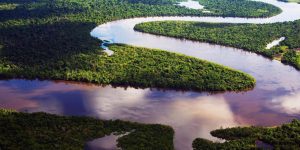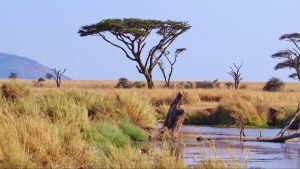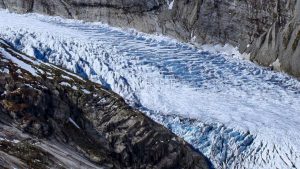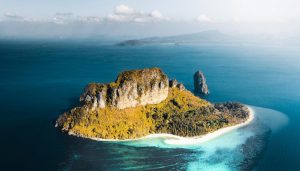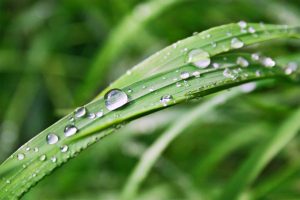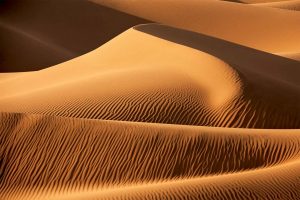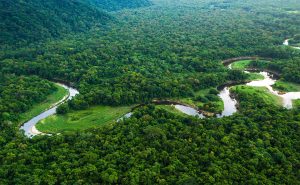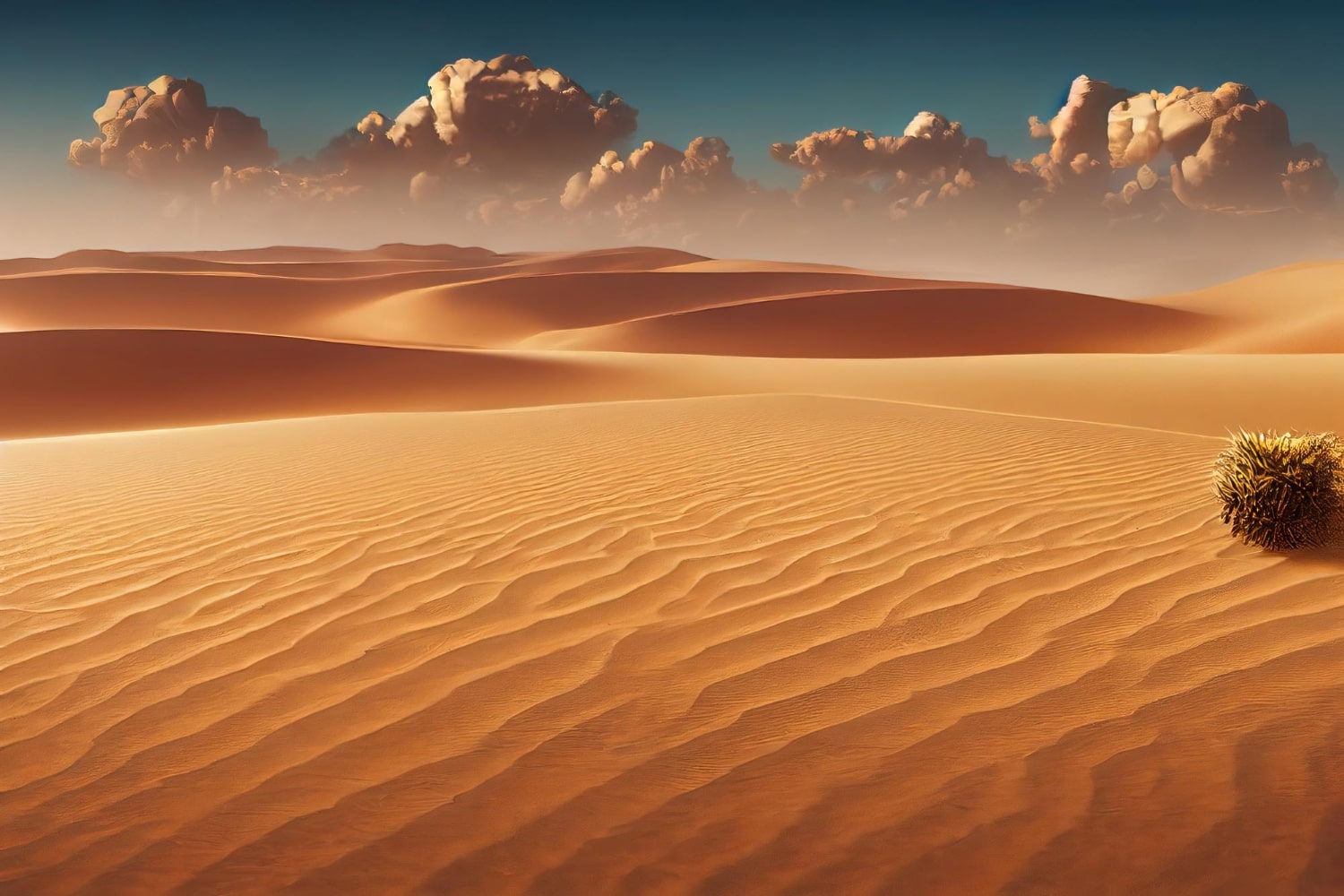
44 interesting facts about desert
- 👁️ 1449
Deserts are some of the most captivating and intriguing ecosystems on Earth. Characterised by their arid conditions, they occupy approximately one-third of the Earth’s land surface. Deserts are not just the vast, sandy landscapes often depicted in films; they can be rocky, icy, and even filled with diverse flora and fauna. Despite their harsh conditions, deserts are teeming with life and have unique characteristics that set them apart from other biomes. Here are more than 44 interesting facts about deserts:
- Deserts are defined by their low precipitation, receiving less than 250 millimetres of rain per year.
- They can be classified into four main types: subtropical deserts, cold deserts, coastal deserts, and rain shadow deserts.
- The Sahara is the largest hot desert in the world, spanning over 9.2 million square kilometres.
- Antarctica is considered the largest cold desert on Earth.
- Many desert plants have adapted to store water in their leaves, stems, or roots.
- Camels are famously adapted to desert life, with features such as long eyelashes to keep out sand.
- The Atacama Desert is considered the driest place on Earth, with some weather stations never having recorded rain.
- Deserts often experience extreme temperature fluctuations between day and night.
- Sand dunes can reach heights of over 500 feet in some deserts.
- Desert soil is often very fertile due to the minerals present, but the lack of water makes it unsuitable for most plants.
- Some deserts, like the Namib, receive moisture from coastal fog.
- Flash floods can occur in deserts, leading to rapid and sometimes dangerous changes in the landscape.
- The Gobi Desert, in Mongolia and China, is the largest desert in Asia.
- Desertification is the process where fertile land becomes desert due to drought, deforestation, or inappropriate agriculture.
- Many desert animals are nocturnal, coming out at night when temperatures are cooler.
- Some desert plants, like the saguaro cactus, can live for over 150 years.
- Fennec foxes, native to the Sahara, have large ears that help dissipate heat.
- The Salar de Uyuni in Bolivia is the world’s largest salt desert.
- The Arabian Desert is the only desert that has both extremely hot and coastal areas.
- Many desert plants flower and reproduce quickly after rain to make the most of the brief wet period.
- Sandstorms can be incredibly fierce and change the landscape of a desert overnight.
- Certain species of fish, like the desert pupfish, have adapted to the extreme conditions of desert waterways.
- Deserts are home to various indigenous communities who have adapted to the harsh conditions over thousands of years.
- Solar energy is highly effective in deserts, and some areas are becoming hubs for solar power generation.
- Desert varnish is a dark coating on rocks found in arid regions, formed by the interaction of minerals and bacteria.
- Some deserts, such as the Sonoran, experience a “second spring” with another round of blooming in the autumn.
- Desert plants have adapted to deter herbivores, with features such as spines and toxic chemicals.
- In some deserts, rain evaporates before it reaches the ground, a phenomenon known as “phantom rain.”
- Many desert birds, like the sandgrouse, carry water back to their nests in special feathers.
- Desert tourism, such as in the Wadi Rum in Jordan, has become a major industry.
- The Rub’ al Khali, or Empty Quarter, in the Arabian Peninsula is the largest continuous sand desert in the world.
- Some deserts have natural rock formations, like the famed Arches National Park in Utah.
- Cold deserts can be found on every continent, even in relatively mild climates.
- Many desert animals have adapted to get water from the food they eat, rarely needing to drink.
- In the Mojave Desert, you can find the hottest recorded place on Earth, Death Valley.
- Certain desert plants, like the creosote bush, release substances to prevent other plants from growing nearby.
- Oases are fertile areas in deserts where water is found, often supporting unique ecosystems.
- The cactus wren builds its nests in cacti to protect them from predators.
- Deserts have been used for nuclear testing, such as in Nevada and Kazakhstan.
- Some deserts, like the Thar Desert in India, have become sites for wind energy generation.
- Tardigrades, also known as water bears, can be found in deserts, surviving extreme dehydration.
- The Australian desert is home to unique species such as the thorny devil lizard.
- The Sahara Desert is expanding, growing by more than 9,000 square miles over the past century.
- Certain desert cultures have developed techniques for cloud seeding to induce rainfall.
Deserts are far from barren wastelands; they are vibrant and dynamic ecosystems with unique geology, meteorology, and biology. The adaptations of flora and fauna to the harsh conditions are remarkable examples of nature’s ingenuity. Deserts also have significant impacts on human culture, economy, and technology. The more we learn about these incredible landscapes, the more we can appreciate their delicate balance and the importance of preserving them for future generations.

